There are people who go the extra mile to avoid anything that might take away from the peace and quiet of their vacation. And yes, there are those too who love to do otherwise… like intentionally visiting active volcano. Such people would do anything just to get the chance to see an active volcano at night; to take pictures of its flowing, red-hot lava.
For those who love adventure, here are some of the most popular active volcanoes in the world:
Yasur – Tanna Island, Vanuatu
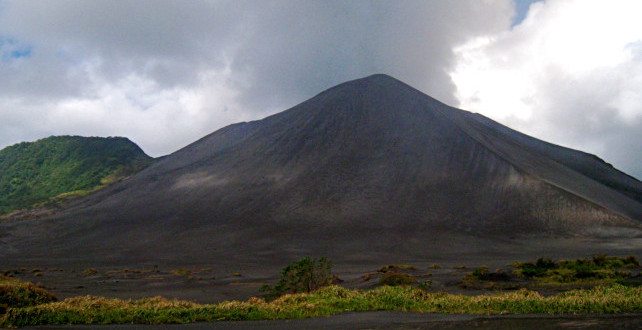
Yasur is one of the many volcanoes that sit on the Pacific Ring of Fire; located in Vanuatu’s archipelago Tanna Island. The volcano has been continuously erupting for more than 800 years now, with eruptions occurring at intervals of less than an hour!
Some stories suggest that the legendary Captain Cook was drawn to the island in 1774 because of the glow emanating from the volcano, thus giving it the name “The Lighthouse of the Pacific”.
Mt. Mayon – Philippines

The iconic perfect cone-shaped Mayon Volcano in Albay, Philippines, has erupted nearly 50 times over the last 400 years. Like Yasur, Mayon is also part of the Pacific Ring of Fire and attracts tourists from all over the world.
Its most recent “weak” eruption in January 2011 is taken as a sign that a more dangerous eruption is going to happen in the future. Nonetheless, this doesn’t stop hikers from trekking and camping close to the volcano’s summit.
Piton de la Fournaise (“Peak of the Furnace”) – Réunion Island
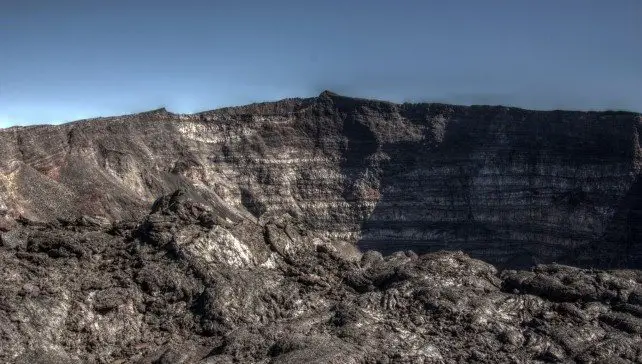
An appropriately named shield volcano, Piton de la Fournaise indeed looks like the opening of a very hot furnace. The volcano has erupted more than 150 times since the beginning of the 17th century, with the most recent eruption happening on December 9, 2010.
However, even after over 2 years of “resting”, the volcano is still very active. In fact, it’s been active for more than half a mega-annum, 530 thousand years to be exact!
Kilauea – Hawaii
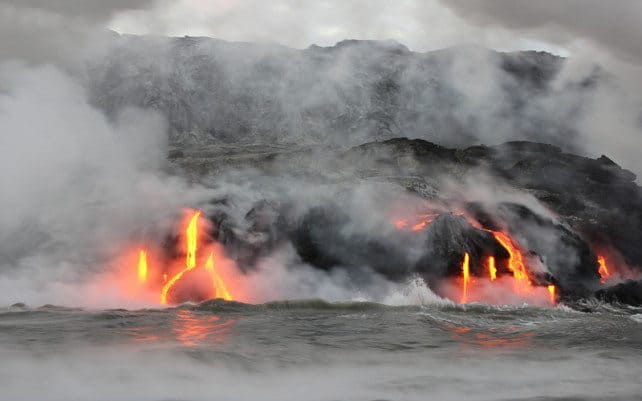
Kilauea has been steadily erupting for two decades now. The eruption began sometime in 1983 and became steady in 1995. The volcano continuously spits out lava all day long, making it an excellent spot for travellers who want to see red-hot lava up-close. Kilauea’s consistent lava flow has already damaged two entire towns (Kalapana and Kaimu) and just recently, the park’s Visitor Centre and an ancient temple.
Kilauea is most beautiful an hour before sunset, where the lava flow becomes extremely visible from the mouth of the volcano, down to the end of the “Chain of Craters Road”. Tourists can safely see the full panoramic view of the volcano as the lava flows right into the open sea.
For the best viewing experience, we recommend viewing the lava from the ocean side (many companies offer twilight lava flow boat tours – this is how I took the picture above).







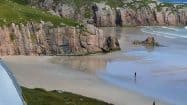
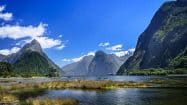

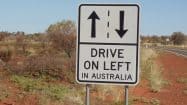

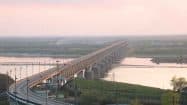






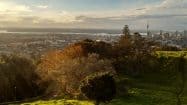


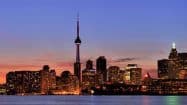
![Big Spender To Backpackers [infographic]](https://www.holidaypoint.com.au/wp-content/uploads/2014/03/GIO_BigSpendertoBackpacker_v3-e1394504863732-187x105.jpg)


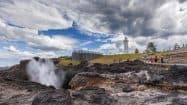
![For The Love Of Bbq [infographic]](https://www.holidaypoint.com.au/wp-content/uploads/2014/01/GIO_AussieBBQ_v2-e1390559463404-187x105.jpg)
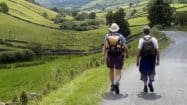
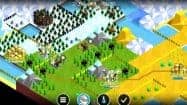


![Cities Of The Future [infographic]](https://www.holidaypoint.com.au/wp-content/uploads/2013/11/geek-travel2-e1384167225628-187x105.jpg)




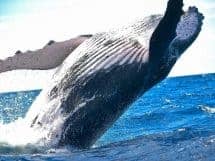





Do You Have a Question to Ask?